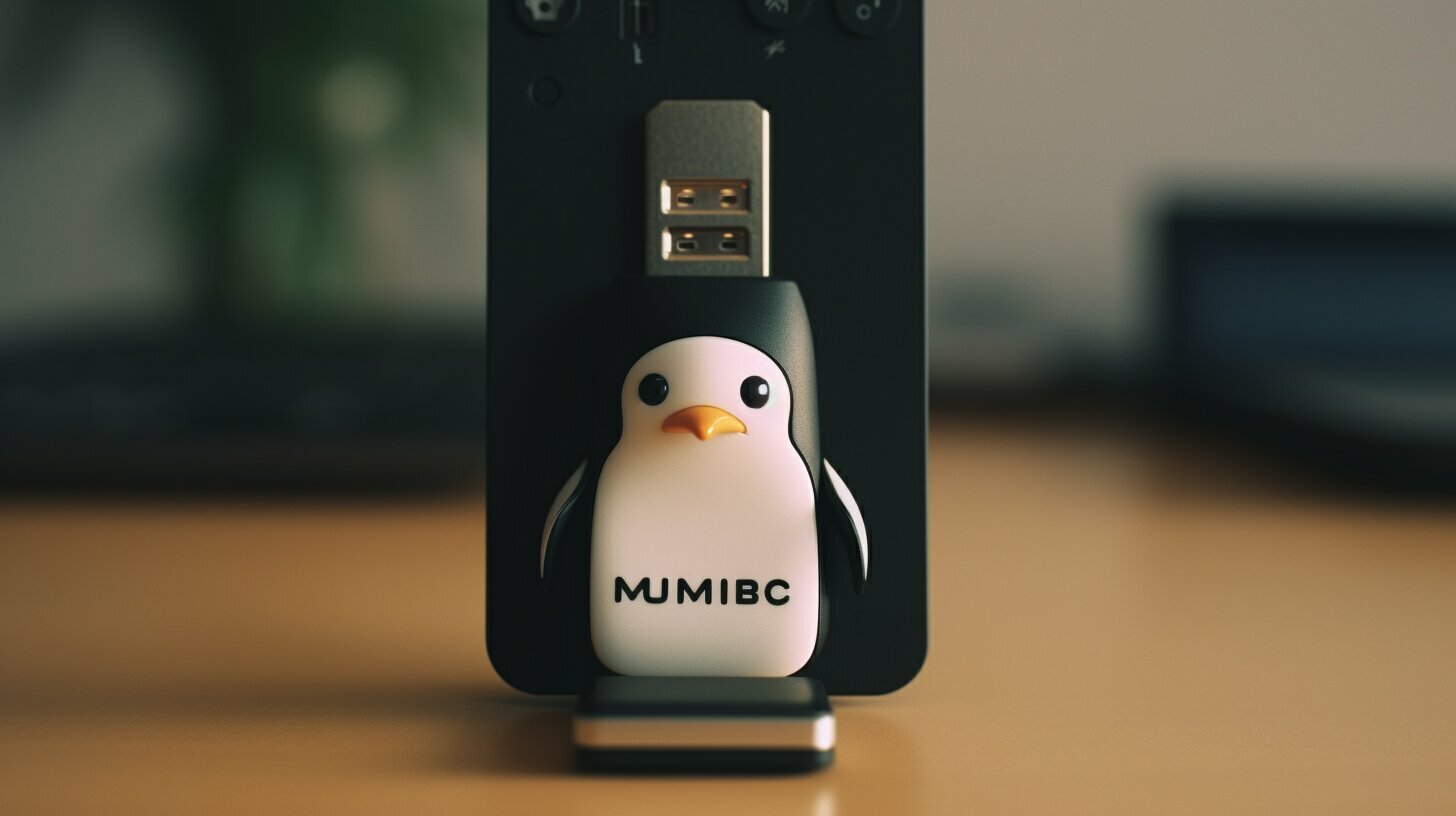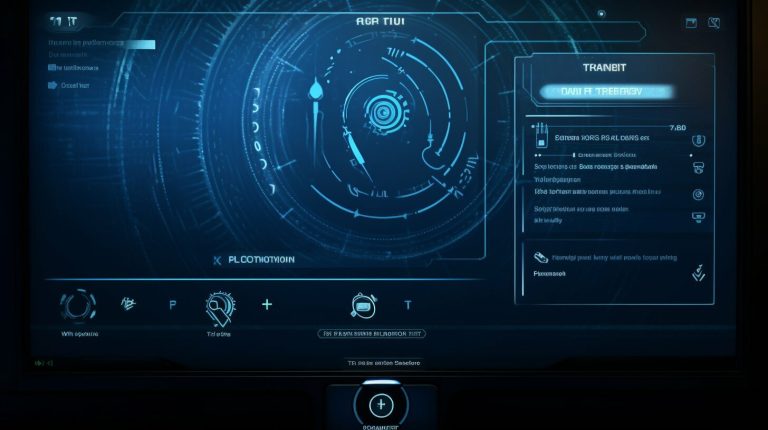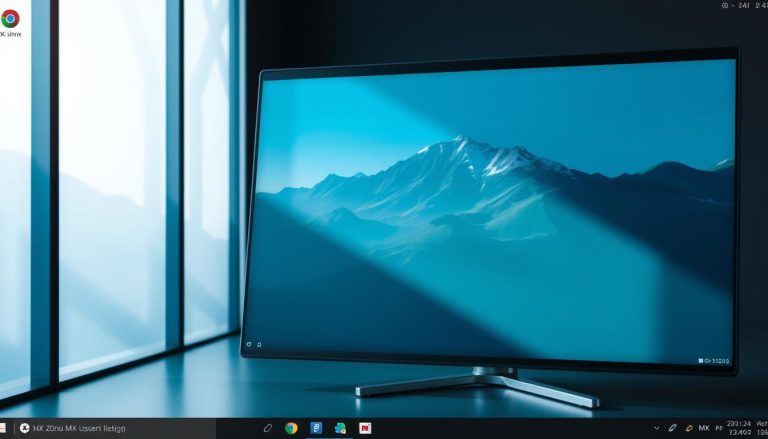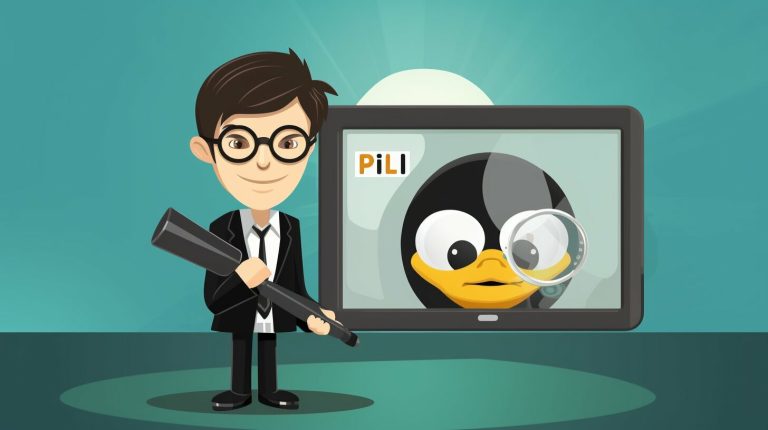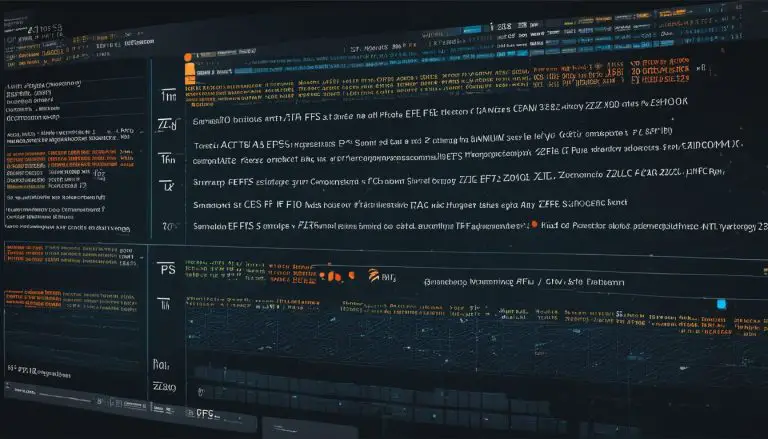Step-by-Step Guide: How to Mount USB Drive in Linux
In this step-by-step guide, I will walk you through the process of mounting a USB drive in Linux, allowing you to efficiently manage your storage devices.
Key Takeaways:
- The process of mounting a USB drive in Linux involves identifying the drive, creating a mount point, and mounting the block device.
- Commands like `lsblk` or `sudo fdisk -l` can be used to identify the USB drive in Linux.
- Creating a mount point is done with the `sudo mkdir` command, which will serve as the directory where the USB drive is mounted.
- The USB drive can be mounted using the `sudo mount` command, specifying the block device and the mount point.
- Once mounted, the USB drive can be accessed like any other folder on the computer.
- To safely unmount the USB drive, use the `sudo umount` command to ensure data integrity.
Identifying the USB Drive
Before we can mount the USB drive, we need to identify it using commands specifically designed for this purpose. In Linux, there are various commands that can be used, such as
1 | lsblk |
or
1 | sudo fdisk -l |
, to list all available block devices, including the USB drives connected to the system.
By opening a terminal and running the
1 | lsblk |
command, a detailed output will be displayed, showing the device name, size, and other information for all connected drives. The USB drive is typically listed as a separate block device, such as
1 | /dev/sdb |
.
Another command that can be used is
1 | sudo fdisk -l |
. This command provides a detailed output of the attached devices, including the USB drives. It will display information like the device name, size, file system type, and partition layout.
| Command | Description | ||
|---|---|---|---|
|
List block devices | ||
|
List detailed device information |
By using these commands, Linux users can easily identify their USB drives and proceed with the next steps of mounting and accessing the drive.
Creating the Mount Point
Once we have identified the USB drive, we need to create a mount point, a designated directory where the USB drive will be accessible. In Linux, we can easily create a mount point using the
1 | sudo mkdir |
command.
First, open the terminal and navigate to the desired location for the mount point. For this example, let’s create the mount point at
1 | /mnt/USB |
. Enter the following command:
This command will create a new directory named “USB” inside the “/mnt” directory. Make sure to use the
1 | sudo |
command to ensure administrative privileges.
Once the mount point is created, we will be able to easily access and manage the USB drive by mounting it at this location. Now that we have our mount point ready, let’s proceed to the next step of mounting the USB drive.
Summary
In this section, I explained the process of creating a mount point in Linux. After identifying the USB drive, we created a designated directory using the
1 | sudo mkdir |
command. This directory serves as the mount point for the USB drive. By following these steps, we can ensure easy access and management of the USB drive in Linux.
Mounting the USB Drive
With the mount point in place, we can now proceed to mount the USB drive, allowing us to access its contents within the Linux system. To do this, open the terminal and enter the following command:
1 | sudo mount /dev/sdb1 /mnt/USB/ |
. Replace /dev/sdb1 with the appropriate block device name for your USB drive, which you can find using the
1 | lsblk |
or
1 | sudo fdisk -l |
commands.
Once the command is executed, Linux will mount the USB drive at the specified mount point. You can now navigate to the /mnt/USB directory in the file manager or terminal and access the contents of the USB drive.
It’s important to note that the mount point needs to be an empty directory. If there are any files or folders in the mount point directory, they will be hidden when the USB drive is mounted. To avoid any conflicts, it’s recommended to create a dedicated mount point for each USB drive you connect to your Linux system.
| Command | Description | ||
|---|---|---|---|
|
Mounts the USB drive at the specified mount point | ||
|
Lists all available block devices, including USB drives | ||
|
Displays detailed information about all connected storage devices, including USB drives |
Unmounting the USB Drive
To safely unmount the USB drive from your Linux system, use the
1 | sudo umount /mnt/USB/ |
command. This will ensure that any pending changes are written to the USB drive and prevent data loss.
Remember to always unmount the USB drive before physically removing it from your computer. Failure to do so may result in data corruption or other issues.
By following this step-by-step guide, you can easily mount and access USB drives in Linux, enhancing your ability to manage external storage devices within the Linux system.
Accessing the USB Drive
Once the USB drive is successfully mounted, it can be accessed like any other folder on your Linux system, enabling you to interact with its files and folders effortlessly. Whether you need to copy files to the USB drive or retrieve data from it, the mounted USB drive provides a seamless experience.
To access the mounted USB drive, you can navigate to the mount point directory you created earlier. In our case, it was “/mnt/USB”. Simply open your file manager or terminal and enter the path to the mount point.
Once you are inside the mount point directory, you will see all the files and folders stored on the USB drive. You can now perform various operations on them, such as copying, moving, deleting, or renaming. The mounted USB drive behaves just like any other directory on your Linux system, offering you full control over its contents.
In addition, you can also access the USB drive using command-line tools or applications. For example, if you want to list the files and folders inside the USB drive from the terminal, you can use the “ls” command followed by the path to the mount point directory. This allows for efficient management and manipulation of the USB drive’s content directly from the command line.
Example:
I want to copy a document from my USB drive to my home folder. To do this, I navigate to the “/mnt/USB” directory using the file manager. I locate the document I need, right-click on it, and choose “Copy”. Then, I navigate to my home folder, right-click on an empty space, and choose “Paste”. The document is now successfully copied from the USB drive to my Linux system.
Remember, it is essential to properly unmount the USB drive after you have finished accessing its files. This ensures that all data is written and saved correctly before removing the drive. You can safely unmount the USB drive using the “sudo umount /mnt/USB” command, replacing “/mnt/USB” with the path to your actual mount point directory.
Summary:
- Once the USB drive is mounted, it can be accessed like any other folder on your Linux system.
- Navigate to the mount point directory to interact with the files and folders stored on the USB drive.
- Perform various operations such as copying, moving, deleting, or renaming files and folders.
- Access the USB drive using command-line tools or applications for efficient management.
- Remember to safely unmount the USB drive using the “sudo umount” command to ensure data integrity.
| Command | Description |
|---|---|
| ls /mnt/USB | List all files and folders inside the USB drive. |
| cp /mnt/USB/file.txt ~/Documents | Copy a file from the USB drive to the “Documents” folder. |
| mv /mnt/USB/folder ~/Desktop | Move a folder from the USB drive to the “Desktop”. |
| rm /mnt/USB/file.txt | Delete a file from the USB drive. |
Safely Unmounting the USB Drive
Before disconnecting the USB drive from your Linux system, it is crucial to safely unmount it to avoid potential data corruption or loss. To do this, follow the steps outlined below:
- Make sure you are not currently using any files or applications stored on the USB drive. It is important to close any open files or applications that are accessing the drive before proceeding with the unmounting process.
- Open a terminal window and enter the following command:
1df -h
. This command will display a list of all currently mounted devices, including the USB drive.
- Identify the device name associated with the USB drive. It will typically be listed under the “Filesystem” column and will have a format like
1/dev/sdb1
.
Once you have identified the device name, you can proceed with the unmounting process using the following command:
Replace
1 | /dev/sdb1 |
with the actual device name of your USB drive. This command will unmount the USB drive from the mount point and make it safe to disconnect.
After running the command, you can safely remove the USB drive from your Linux system. It is important to note that forcibly removing the drive without unmounting it first may result in data corruption or loss.
| Command | Description | ||
|---|---|---|---|
|
Displays a list of all currently mounted devices | ||
|
Unmounts the USB drive from the mount point |
By following these simple steps, you can safely unmount your USB drive in Linux and protect your data from potential corruption or loss. Remember to always unmount the drive before physically disconnecting it from your system to ensure the integrity of your files.
Conclusion
Congratulations! You have now learned how to mount a USB drive in Linux, empowering you to efficiently manage your storage devices and optimize your Linux operating system.
By following the step-by-step guide provided in this article, you have gained the knowledge and skills needed to easily mount a USB drive in Linux. This process involves simple commands like `lsblk` or `sudo fdisk -l` to identify the USB drive, creating a mount point using the `sudo mkdir` command, and mounting the block device using the `sudo mount` command.
Once the USB drive is mounted, it becomes accessible like any other folder on your computer, enabling you to read, write, and manage files stored on the USB drive. This enhanced capability allows for seamless integration of USB drives into your Linux workflow, improving your productivity and convenience.
To ensure data integrity and prevent data loss, it is crucial to safely unmount the USB drive using the `sudo umount` command. This step guarantees that all data has been written to the USB drive before it is safely disconnected from the system.
FAQ
How do I mount a USB drive in Linux?
To mount a USB drive in Linux, you need to follow a few simple steps. First, plug in the USB drive to your computer. Then, use commands like `lsblk` or `sudo fdisk -l` to identify the USB drive and its block device. Next, create a mount point using the command `sudo mkdir /mnt/USB`. Finally, mount the block device to the mount point with the command `sudo mount /dev/sdb1 /mnt/USB/`. After this, the USB drive will be mounted and can be accessed like any other folder on your computer.
How can I identify the USB drive in Linux?
To identify the USB drive in Linux, you can use commands like `lsblk` or `sudo fdisk -l`. These commands will display information about the connected drives, including the USB drive. You can look for the device name, such as `/dev/sdb1`, to identify the USB drive.
How do I create a mount point for the USB drive?
Creating a mount point for the USB drive is easy. Open a terminal window and use the command `sudo mkdir /mnt/USB` to create a directory called “USB” under the “/mnt” directory. This directory will serve as the mount point for the USB drive.
How do I mount the USB drive in Linux?
Once you have identified the USB drive and created the mount point, you can mount the USB drive using the command `sudo mount /dev/sdb1 /mnt/USB/`. Replace “/dev/sdb1” with the correct block device identified earlier, and “/mnt/USB” with the mount point you created. This command will mount the USB drive to the specified mount point.
How can I access the mounted USB drive?
Once the USB drive is mounted, you can access it like any other folder on your computer. Simply navigate to the mount point directory, in this case “/mnt/USB”, using the file manager or the terminal. You can read, write, and manage files stored on the USB drive just like you would with any other files on your computer.
How do I safely unmount the USB drive in Linux?
It is important to safely unmount the USB drive to prevent data loss and ensure data integrity. To do this, use the command `sudo umount /mnt/USB/`. This will safely unmount the USB drive from the mount point. After unmounting, you can safely remove the USB drive from your computer.
- About the Author
- Latest Posts
Mark is a senior content editor at Text-Center.com and has more than 20 years of experience with linux and windows operating systems. He also writes for Biteno.com
